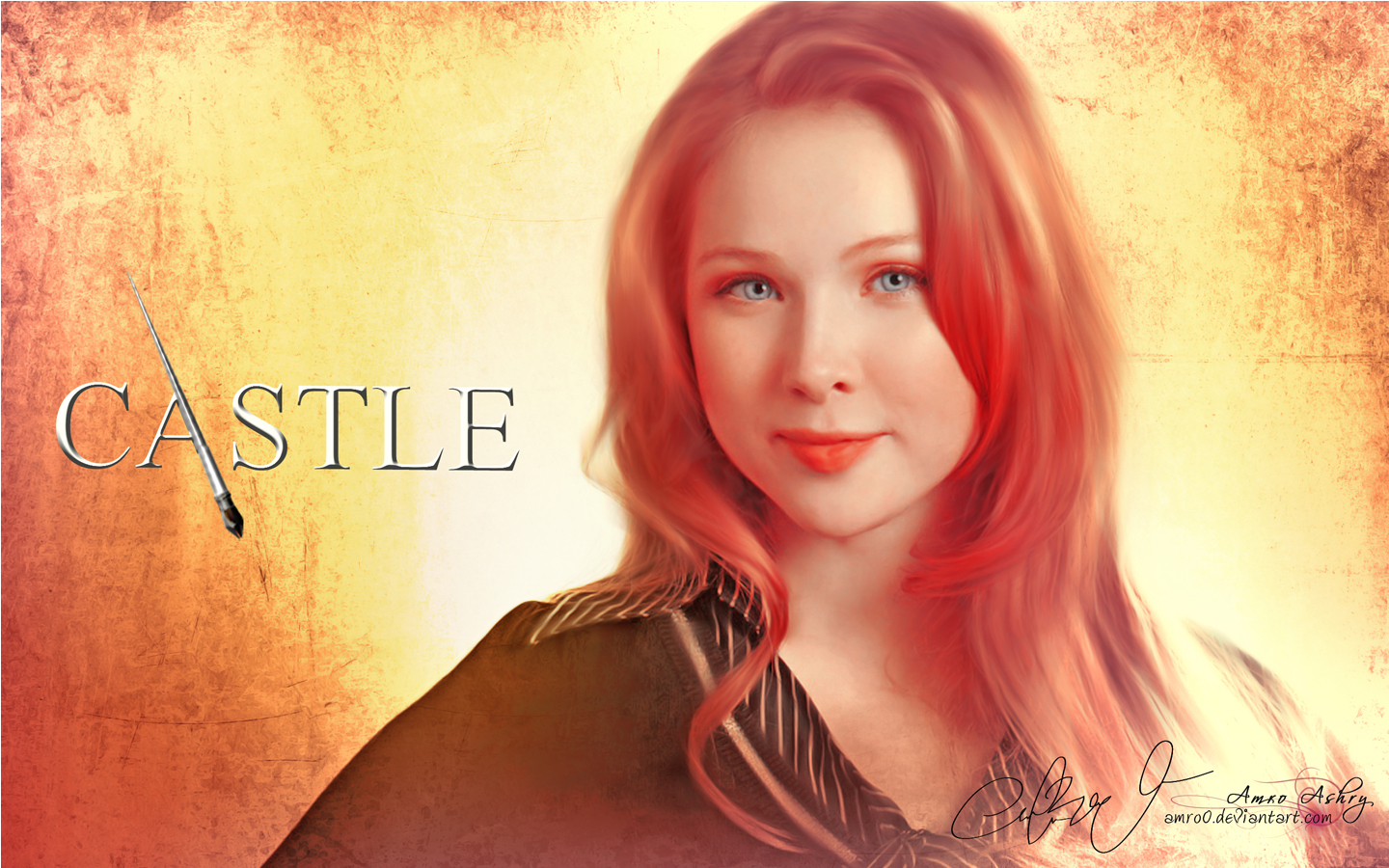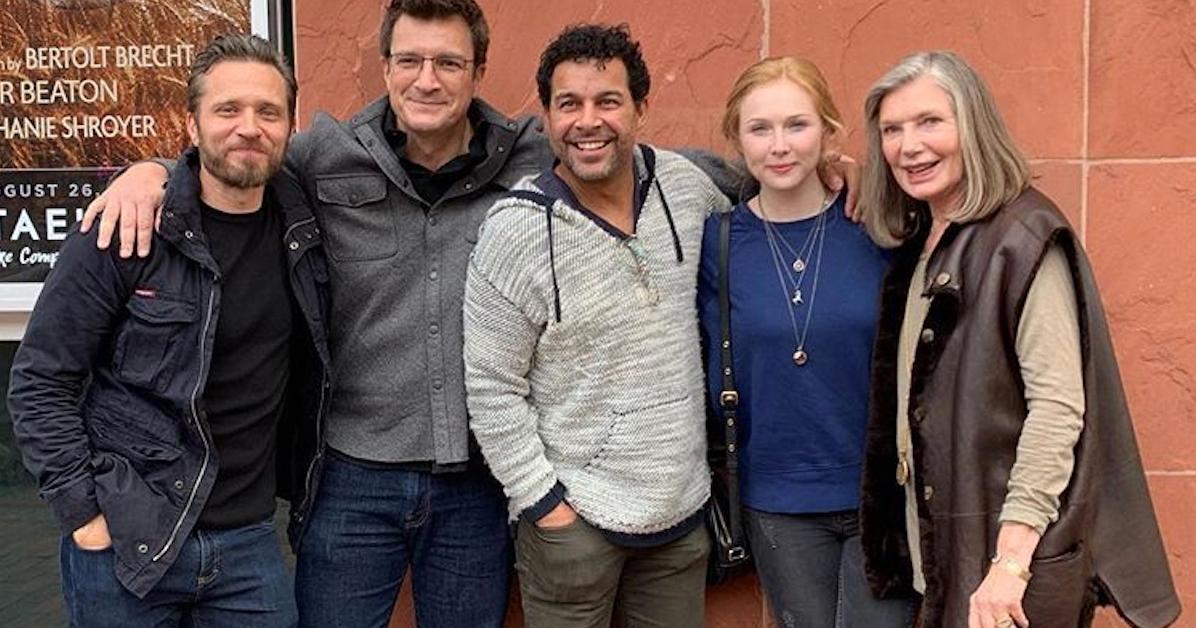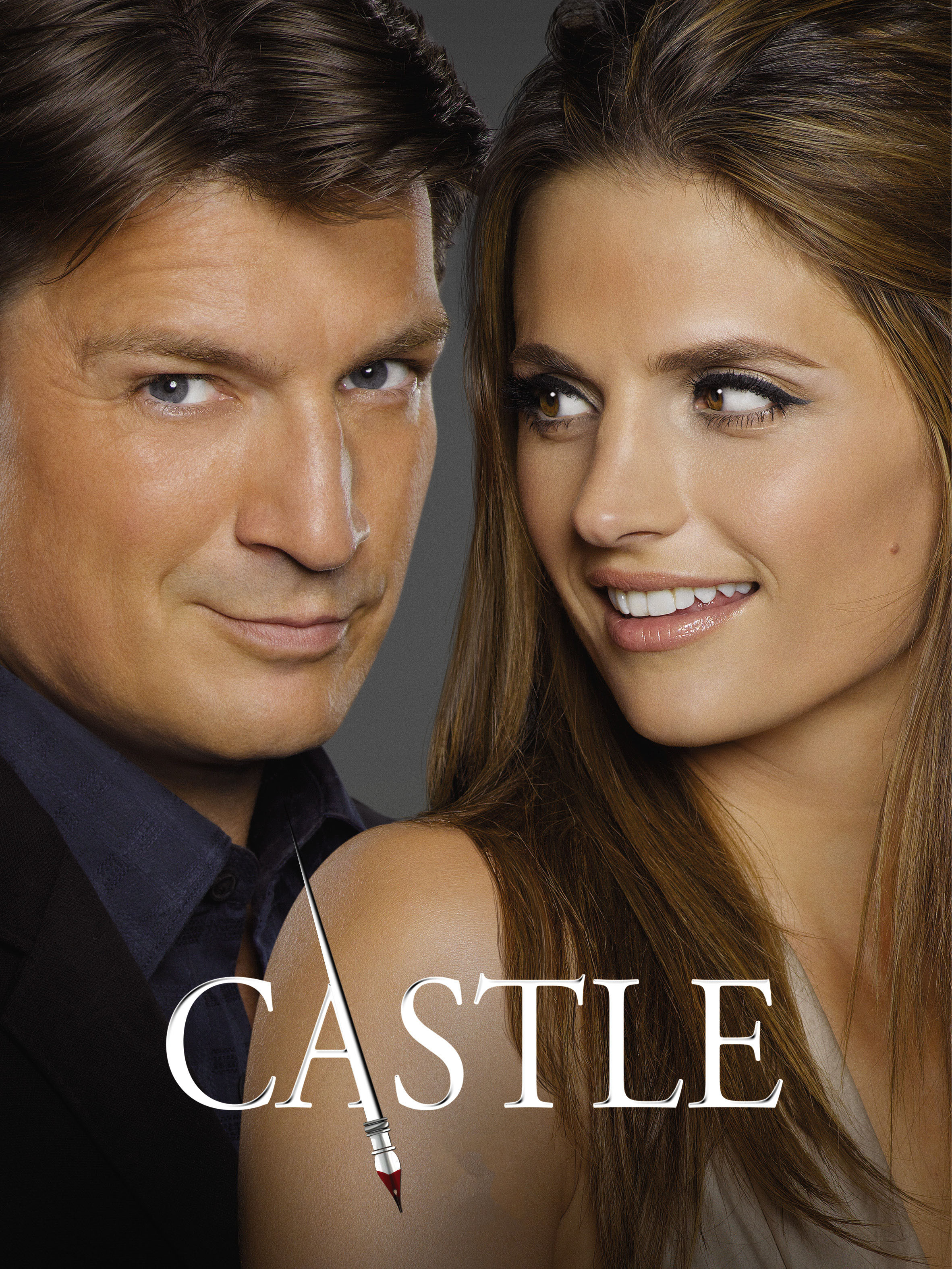Cast in Castle: Where History Unfolds and Legends Are Made
Castles, with their imposing walls and majestic towers, have captivated our imaginations for centuries. Within these stone fortresses, we can almost hear the echoes of knights in shining armor and the whispers of courtly intrigue.
One of the most fascinating aspects of castle life was the art of casting, or metalworking. In the Middle Ages, castles were not just military strongholds but also centers of industry and craftsmanship. Blacksmiths, armorers, and other skilled artisans labored within the castle walls, creating everything from weapons and armor to household goods and decorative objects.
The process of casting involved melting metal in a furnace and then pouring it into a mold. The mold was typically made of sand or clay, and it contained the negative image of the object to be cast. Once the metal had cooled and solidified, the mold was broken away, revealing the finished product.
Casting was an essential skill for medieval craftsmen. It allowed them to create a wide variety of objects, from simple tools to complex works of art. Cast iron pots and pans were used for cooking, while cast bronze bells summoned the faithful to prayer. Cast lead was used for roofing and plumbing, while cast silver and gold were used for jewelry and tableware.
The art of casting has come a long way since the Middle Ages. Today, casting is used in a wide variety of industries, from manufacturing to engineering to art. However, the basic principles of casting remain the same. By melting metal and pouring it into a mold, we can create objects of any shape or size.
- Lauren Londons Kids Everything You Need To Know
- Frankie Muniz A Father Of 17 The Surprising Truth Behind The Rumor
Cast in Castle
The art of casting played a vital role in castle life. Here are some of the key aspects of cast in castle:
1. Weapons and Armor
Cast iron and steel were essential for the production of weapons and armor. Blacksmiths would heat metal in a forge and then hammer it into shape. They would also use casting to create more complex pieces, such as sword blades and arrowheads.
2. Household Goods
Cast iron pots and pans were essential for cooking in medieval castles. Cast iron is a durable material that can withstand high temperatures, making it ideal for cooking over an open fire.
3. Decorative Objects
Cast bronze and silver were used to create a variety of decorative objects, such as candlesticks, goblets, and jewelry. These objects were often intricately decorated with scenes from mythology or religion.
4. Building Materials
Cast lead was used for roofing and plumbing in medieval castles. Cast iron was also used to create structural elements, such as beams and columns.
Cast in Castle
The art of casting has been practiced for thousands of years. The earliest known cast metal objects date back to the Bronze Age, around 3000 BC.
During the Middle Ages, casting was an essential skill for castle life. However, the art of casting declined somewhat after the Renaissance, as new technologies emerged.
In the 19th century, the Industrial Revolution led to a renewed interest in casting. New techniques, such as sand casting and die casting, made it possible to mass-produce cast metal objects.
Today, casting is used in a wide variety of industries, from manufacturing to engineering to art. It is a versatile and cost-effective way to create objects of any shape or size.
Conclusion
Cast in castle was an essential part of medieval life. The art of casting allowed craftsmen to create a wide variety of objects, from weapons and armor to household goods and decorative objects. The art of casting has come a long way since the Middle Ages, but it remains an important skill in today's world.
Cast in Castle
Cast in castle encompasses various essential aspects that shaped medieval life and craftsmanship. These key aspects include:
- Weapons and Armor: Forging swords, arrowheads, and protective gear.
- Household Goods: Creating durable pots, pans, and cooking utensils.
- Decorative Objects: Crafting intricate candlesticks, goblets, and jewelry.
- Building Materials: Utilizing lead for roofing and iron for structural elements.
- Industrial Applications: Mass-producing metal objects during the Industrial Revolution.
These aspects were interconnected, with weapons and armor serving as a means of defense, household goods facilitating daily life, decorative objects adding aesthetic value, building materials ensuring structural integrity, and industrial applications expanding the scope of casting. Together, they contributed to the functionality, security, and cultural richness of castle life.
Weapons and Armor
In the context of cast in castle, the forging of weapons and armor was a crucial aspect that ensured the defense and protection of the castle's inhabitants. Skilled blacksmiths utilized the art of casting to create a range of weaponry, including swords, arrowheads, and various protective gear.
The ability to cast metal allowed for the mass production of standardized weapons, enabling castles to equip their soldiers efficiently. Swords, crafted from cast iron or steel, served as primary weapons for close combat, while arrowheads, cast from a combination of materials, provided a ranged advantage. Additionally, casting techniques were employed to create protective gear such as helmets, chainmail, and shields, which were essential for mitigating the impact of enemy attacks.
The presence of skilled blacksmiths within the castle walls was vital, as they could repair and maintain weapons and armor, ensuring the castle's readiness for battle. The ability to cast metal also allowed for the customization of weapons and armor to suit the specific needs and preferences of individual knights and soldiers.
Furthermore, the production of weapons and armor within the castle fostered a sense of self-sufficiency and independence, reducing reliance on external sources for military supplies. This aspect of cast in castle played a significant role in strengthening the castle's defenses and contributing to the overall security of its occupants.
Household Goods
Within the context of cast in castle, the creation of durable household goods, particularly pots, pans, and cooking utensils, played a vital role in sustaining daily life within the castle walls.
- Essential Kitchenware: Cast iron pots and pans were essential for preparing meals in medieval castles. Their durability and ability to withstand high temperatures made them ideal for cooking over open fires, a common feature in castle kitchens.
- Variety of Dishes: The use of cast iron cookware allowed for a diverse range of dishes to be prepared. From hearty stews and soups to roasted meats and baked goods, these versatile utensils facilitated the preparation of various meals to nourish the castle's inhabitants.
- Storage and Preservation: Cast iron pots and pans also served as effective storage containers for food. Their ability to retain heat for extended periods made them suitable for keeping meals warm and preserving leftovers.
- Sanitation and Hygiene: Compared to other materials available at the time, cast iron cookware was relatively easy to clean and maintain. Its non-porous surface prevented the absorption of food particles and bacteria, contributing to better hygiene in the castle's kitchen.
The production of household goods through casting techniques not only ensured the availability of essential cookware but also fostered a sense of self-sufficiency within the castle. By relying on skilled craftsmen to create these durable items, the castle's occupants could maintain a comfortable and well-equipped living environment, even in the absence of external trade or supplies.
Decorative Objects
In the context of cast in castle, the crafting of decorative objects, such as intricate candlesticks, goblets, and jewelry, played a significant role in enhancing the aesthetic appeal and cultural richness of castle life.
- Artistic Expression: Cast metal decorative objects served as a means of artistic expression for skilled craftsmen within the castle. They showcased their creativity and technical abilities through intricate designs and embellishments.
- Symbolism and Identity: Decorative objects often carried symbolic meanings and represented the identity of the castle and its occupants. They could depict family crests, religious motifs, or heraldic symbols, reflecting the lineage and values of the castle's inhabitants.
- Cultural Exchange: The exchange of decorative objects between castles fostered cultural exchange and artistic influences. Craftsmen traveled between castles, sharing techniques and designs, leading to a cross-pollination of ideas and styles.
- Prestige and Status: The possession of finely crafted decorative objects was a symbol of wealth, power, and prestige within the castle society. They were often displayed prominently in halls and chambers to impress visitors and the status of the castle's lord or lady.
The creation of decorative objects through casting techniques not only enhanced the visual appeal of the castle's interior but also provided insights into the artistic sensibilities, cultural values, and social hierarchy of medieval castle life.
Building Materials
Within the context of "cast in castle," the utilization of lead for roofing and iron for structural elements played a crucial role in ensuring the durability, stability, and protection of medieval castles.
Cast lead was commonly used for roofing due to its malleability, resistance to corrosion, and ability to be easily shaped into sheets. Lead sheets provided effective waterproofing, protecting the castle's interior from rain and snow. Additionally, lead's high density contributed to the overall structural stability of the castle, acting as a buffer against external forces such as wind and siege weapons.
Cast iron, known for its strength and durability, was employed for structural elements such as beams, columns, and supports. Iron's ability to withstand heavy loads made it ideal for supporting the weight of castle walls, towers, and other architectural features. The use of cast iron beams and columns allowed for the construction of larger and more elaborate castle structures, enhancing their defensive capabilities and providing additional living space.
The combination of cast lead for roofing and cast iron for structural elements provided castles with a robust and resilient defense system. Lead roofing effectively shed water, preventing damage to the castle's interior and its occupants. Cast iron structural elements ensured the stability of the castle, allowing it to withstand attacks and the passage of time. Together, these building materials played a vital role in the longevity and functionality of medieval castles.
Industrial Applications
The advent of the Industrial Revolution marked a significant turning point in the history of casting, leading to the development of new techniques and mass production of metal objects. This had a profound impact on the art and practice of "cast in castle."
Prior to the Industrial Revolution, casting was primarily acraft, with skilled artisans using traditional methods to create individual pieces. However, with the introduction of new technologies such as sand casting and die casting, it became possible to mass-produce metal objects in a more efficient and cost-effective manner.
This had a significant impact on the construction and maintenance of castles. Cast iron, which was previously used for structural elements such as beams and columns, could now be mass-produced, making it more widely available and affordable. This allowed for the construction of larger and more elaborate castles, with more complex architectural features and improved defensive capabilities.
Furthermore, the mass production of metal objects led to the development of new types of weapons and armor. Cast iron cannons, for example, became increasingly common during the Industrial Revolution, revolutionizing warfare and siege tactics. Cast iron armor, such as breastplates and helmets, also became more widely available, providing better protection for soldiers.
In addition to its impact on the military, the Industrial Revolution also led to the mass production of household goods and decorative objects. Cast iron pots, pans, and stoves became more common in kitchens, while cast iron furniture, such as beds and chairs, became more affordable and widely used.
The mass production of metal objects during the Industrial Revolution had a profound impact on "cast in castle." It led to the development of new techniques, the wider availability of cast metal objects, and the creation of new types of weapons, armor, household goods, and decorative objects. This, in turn, transformed the way castles were built, defended, and lived in.
FAQs on "Cast in Castle"
This section addresses frequently asked questions about the art and practice of "cast in castle," providing concise and informative answers to common concerns and misconceptions.
Question 1: What is the historical significance of casting in the context of castles?
Answer: Casting played a vital role in medieval castles, enabling the creation of essential items such as weapons, armor, household goods, and decorative objects. It was a key aspect of castle life, contributing to the defense, daily functioning, and aesthetic appeal of these fortified structures.
Question 2: How did the Industrial Revolution impact the practice of casting in castles?
Answer: The Industrial Revolution brought about new casting techniques and mass production methods, making it possible to produce metal objects more efficiently and affordably. This had a significant impact on castles, leading to the wider availability of cast iron for structural elements, weapons, and household goods, transforming the way castles were built, defended, and inhabited.
Summary: Casting was an essential part of medieval castle life, providing the means to create a wide range of objects that contributed to the functionality, security, and aesthetic value of these structures. The Industrial Revolution brought significant advancements in casting techniques, enabling mass production and transforming the role of casting in castle construction and daily life.
Conclusion
Cast in castle encompassed a diverse range of metalworking techniques that were essential for the functionality, security, and aesthetic appeal of medieval castles. From the forging of weapons and armor to the creation of household goods, decorative objects, and building materials, casting played a vital role in shaping castle life.
The Industrial Revolution brought about significant advancements in casting techniques, enabling mass production and transforming the role of casting in castle construction and daily life. However, despite these advancements, the art and practice of casting in castle remains a testament to the ingenuity and craftsmanship of medieval artisans.



Detail Author:
- Name : Waino Gerlach
- Username : alanis.greenfelder
- Email : prolfson@zemlak.com
- Birthdate : 2000-05-27
- Address : 53902 Kuhic Mountains Apt. 928 Lake Veda, UT 17022-6580
- Phone : (740) 254-8049
- Company : Hills, Kirlin and Ruecker
- Job : Pharmacy Technician
- Bio : Facere quis voluptates eaque soluta explicabo. Nihil ut commodi et maxime earum officiis minus doloribus. Laudantium molestiae in nemo quia earum qui. Delectus velit sapiente possimus quo.
Socials
tiktok:
- url : https://tiktok.com/@elmokoelpin
- username : elmokoelpin
- bio : Qui minus et quisquam dicta voluptates fugit.
- followers : 4117
- following : 676
twitter:
- url : https://twitter.com/elmo5568
- username : elmo5568
- bio : Aspernatur pariatur culpa ducimus quia est. Odit totam unde soluta tenetur eveniet doloremque nostrum. Distinctio maiores aut a.
- followers : 2312
- following : 1284
instagram:
- url : https://instagram.com/elmokoelpin
- username : elmokoelpin
- bio : Consequatur et autem esse amet. Corporis minima suscipit dolores. Ipsum doloribus est vel.
- followers : 6364
- following : 2796
linkedin:
- url : https://linkedin.com/in/ekoelpin
- username : ekoelpin
- bio : Qui ut sunt officia maiores harum nulla.
- followers : 5185
- following : 1944